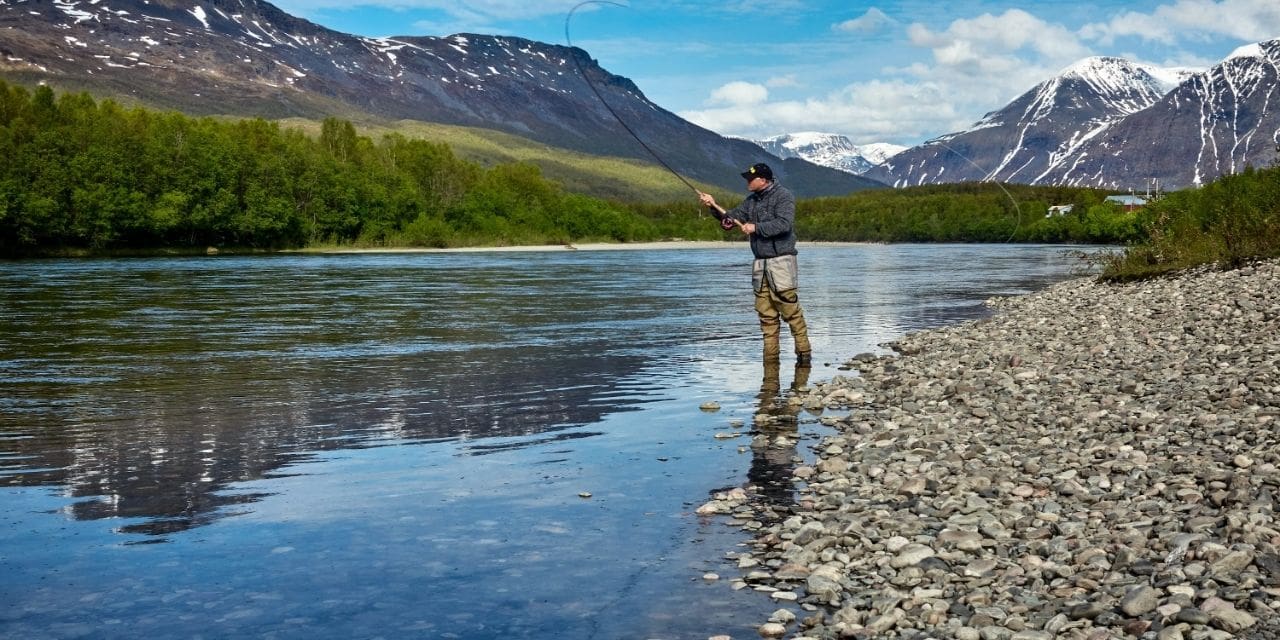Fly fishing is a gentle sport and an art that allows an angler to connect with nature while acquiring a technical skill. To a beginner, however, fly fishing gear can be overwhelming. The most important first decision one has to make is deciding on the right fly-fishing combo- a collection that includes both rod and reel.
These combos simplify the buying process to ensure you get compatible equipment.
This guide will walk you through the key factors to consider when finding the best fly-fishing combo for a beginner.
Understanding the Importance of a Fly-Fishing Rod and Reel Combo
The easiest option for an absolute beginner to take is a fly-fishing rod and reel combo.
A combo is convenient because the tackle manufacturer has worked hard to ensure the rod and reel operate efficiently together. It doesn’t matter if you’re on small streams for trout or bigger rivers for larger species; having the right combo will make a difference in your ability to cast and catch more fish.
The following usually comprise most combos for beginners:
- Fly rod: Generally lightweight and easy to cast.
- Fly reel: Usually pre-spooled with appropriate line, backing, and leader.
- Accessories: Some packages may include flies, tippet material, or a carry case.
Tips for Choosing the Best Fly-Fishing Combo
As you now know the importance of the fly-fishing rod and reel combo, let’s explore some tips to buy the best combo.
1. Weight of the Fly Rod
One of the big decisions that goes into selecting a fly-fishing combo is the weight of the rod. The actual weight refers to the size of the line the rod is designed to cast, and this directly affects what species you will be able to target and in what environment.
Normally, experts recommend a 5-weight fly rod for the beginner angler simply because it’s versatile. It’s great for catching medium-sized fishlike trout and can handle many different fishing conditions. You might want to consider using a 6-weight rod to cast larger flies or fish in slightly heavier water; otherwise, stick with a 4-weight rod and make those more delicate presentations in those small streams.
To select rod weight, you may consider what kinds of fish you would wish to target. According to various sources, a 5-weight rod performs well in a broad range of fishing situations and, therefore, is the ideal fishing rod size for a newcomer.
2. Rod Length and Material
The length of the fly rod will influence the potential casting distance and the accuracy of such casts. Most beginners find a 9-foot rod to be about the right mix. It gives enough length to cast over reasonable distances while not being unwieldy for the beginner.
Another important factor is the material of the rod. Most entry-level rods are made of graphite material, which perfectly balances strength and flexibility. Graphite rods are lighter and, hence, can be easily handled over a long period during fishing. They’re cheaper when compared to other materials like bamboo or fiberglass.
3. Choosing the Right Reel
The reel may seem less important than the rod, but a well-matched reel can make a big difference in your fly-fishing experience. As a beginning angler, you’ll want to look for a large arbor reel. This reel style allows for quicker line retrieval and holds more backing, which can be useful when fighting larger fish.
With most fly-fishing combos, the reel would come pre-spooled; thus, you’ll not need to purchase the line, backing, or leader separately. Ensure the reel also feels balanced with the weight and size of the rod.
A poorly balanced combo will make casting challenging and ultimately affect your accuracy.
4. Types of Water and Target Fish
Consider the type of water that you are going to fish in. Are you after small fish in tranquil freshwater streams or larger species in windy, fast-moving rivers? For smaller streams, a rod of about 7 to 8 feet with lighter or 4 weights would work fine. If you’re fishing on a more sizable river or lake where longer casts will be needed, a 9-foot rod with a 5 or 6 weight is better because it gives you more power and casting ability.
5. Extra Accessories
Some combos do include some useful extras, such as:
- Rod case: A case in which you can safely transport your rod and reel.
- Fly box: A container storing a selection of flies for varying fishing scenarios.
- Leader and tippet material: With these, you can tie on your fly and hit the water in no time.
While not necessary, these extras can add some value to your investment.
6. Ease of Use and Portability
For beginners, ease of use is paramount. Look for a combo that is lightweight and easy to assemble. Others are even in 4-piece configurations for greater mobility when traveling. If you hike into the deepest backcountry fishing spots, portability is paramount.
Conclusion
The best fly-fishing combo for beginners need not be daunting. So, watch out for a reasonably balanced rod and reel combination that fits your target fish and fishing conditions. An excellent all-around choice is the 5-weight, 9-foot rod made of graphite. Let the reel contain a large arbor for efficient line retrieval.
By considering rod weight, reel balance, budget, and portability, you will already be well in front of learning to love the sport of fly fishing. Remember, as your skills improve, you can always upgrade your gear, but a good combination will help make your introduction to fly fishing far easier.




